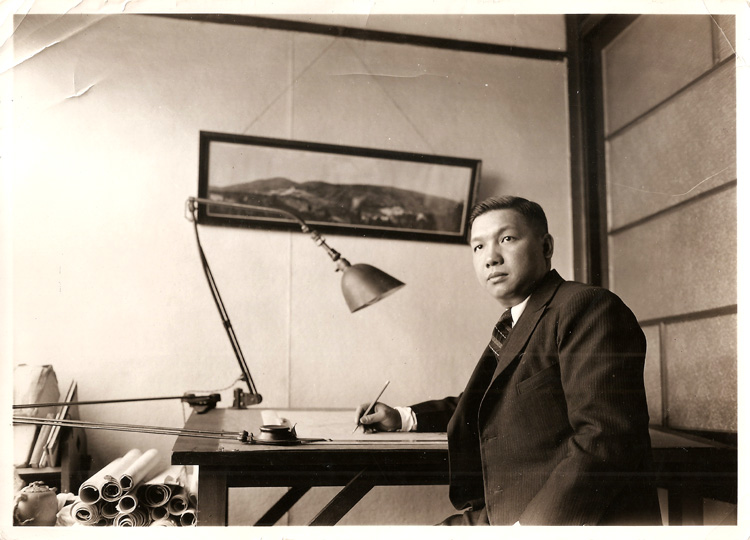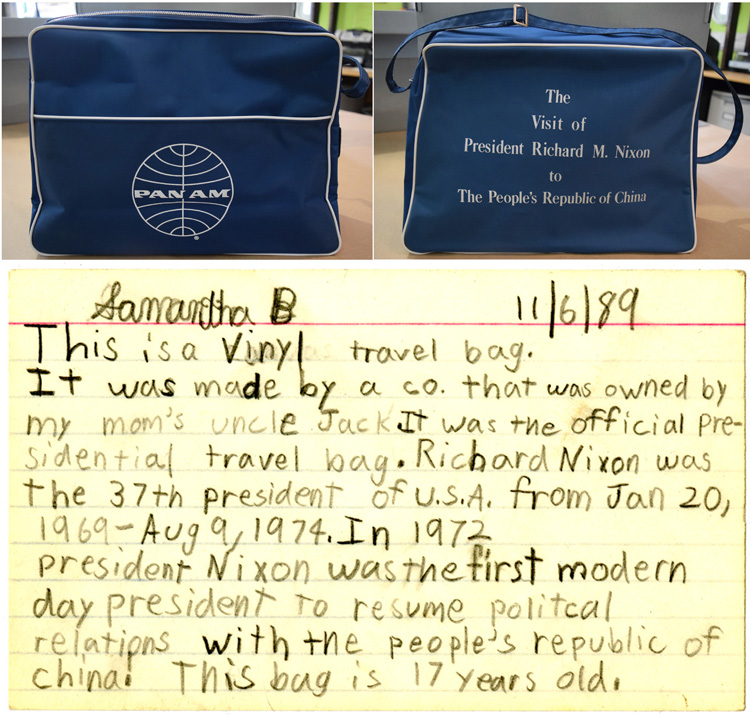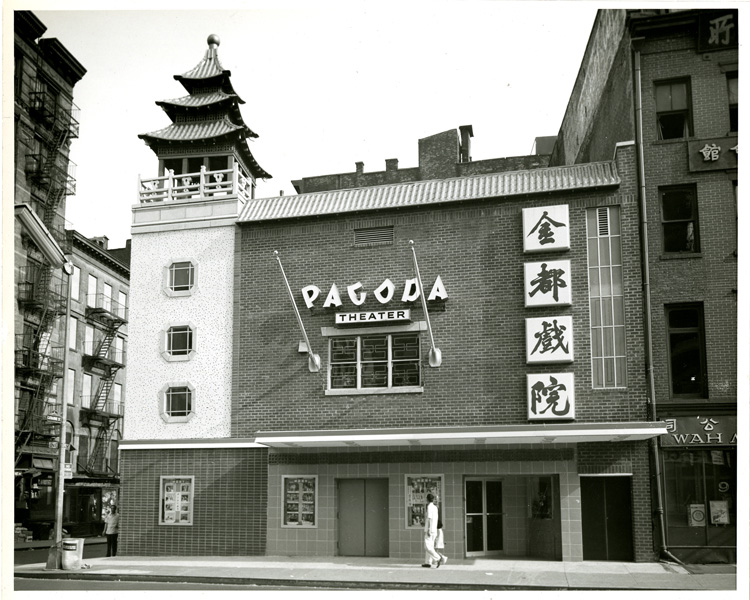Poy Gum Lee (1900-1968) was an architect known for his modern “Chinese Deco” style, which fused modern Art Deco elements with traditional Chinese influences, such as pagoda roofs, balconies, and pillars. Born in 1900, Lee grew up at 32 Mott Street in New York’s Chinatown before serving in the US Army during WWI and graduating as an architect from the Pratt Institute. Lee moved back to China with his family in 1923, where he married and worked as a renowned architect for 25 years. His work there included 11 buildings for the YMCA and YWCA, the Sun Yat-sen Mausoleum, and the Sun Yat-sen Memorial Hall.
Due to the Japanese invasion during WWII, Lee and his family moved back to the States where he primarily worked in Chinatown and with the New York City Housing Authority. His projects included the CCBA headquarters, the Kimlau Memorial Arch, the Pagoda Theatre, and the On Leong Tong Merchant’s Association building, the most prominent Chinese modern building in Chinatown. In 2015, MOCA launched a rare retrospective on Lee’s fifty-year long career and his influence on the urban identity of New York’s Chinatown.


